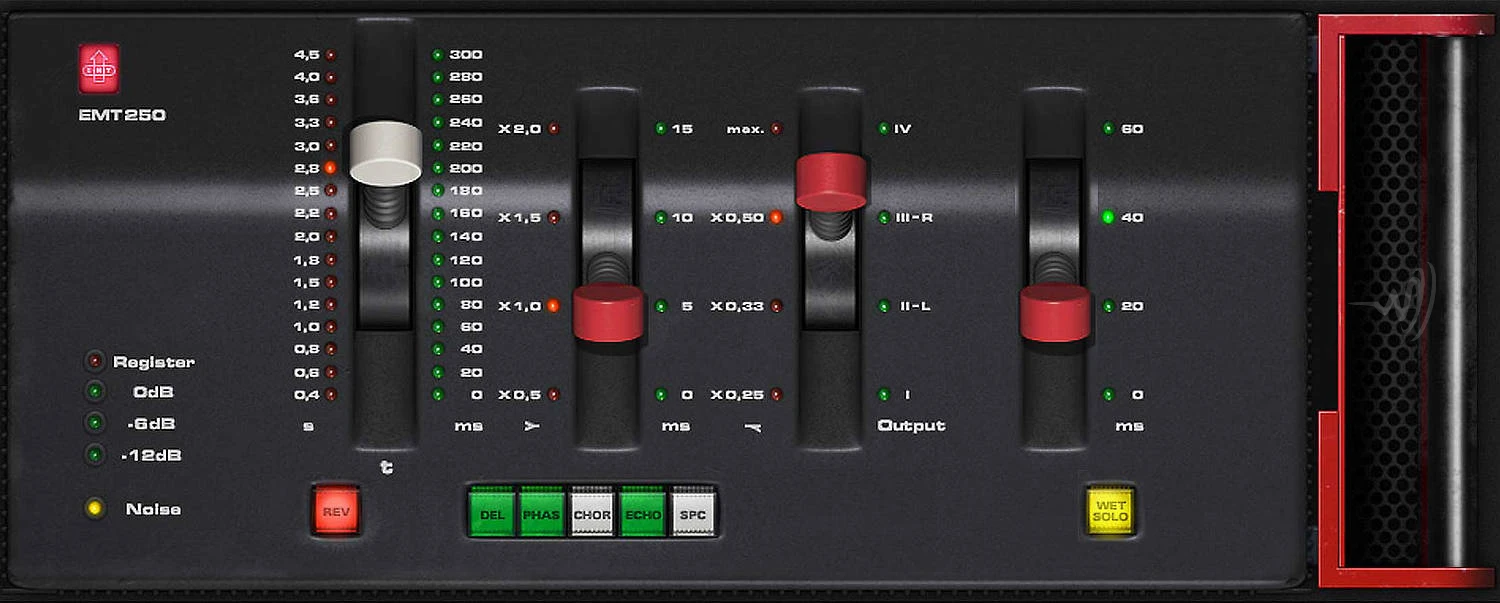There’s no denying the monumental success of Daft Punk’s album, Random Access Memories. When it graced the world with its presence in 2013, it not only shook the music industry but also became a commercial and critical phenomenon. This masterpiece debuted at number one on the charts in several countries, including the US, UK, France, and, of course, Australia.
The accolades showered upon this album were a testament to its greatness. It clinched the coveted Grammy Award for Album of the Year in 2014, solidifying its position as a landmark in contemporary music history. The album’s lead single, “Get Lucky,” was nothing short of a global sensation, conquering the charts in over 30 countries and etching its name as one of the best-selling digital singles of all time.
Yet, the significance of Random Access Memories goes beyond mere chart-topping success. This album is often credited with resurrecting the love for disco and funk music. Its ingenious use of live instrumentation and collaborations with luminaries like Nile Rodgers and Pharrell Williams played a pivotal role in bringing these beloved genres back to the mainstream.
However, what truly sets Random Access Memories apart is its exceptional audio quality. It’s not just a collection of great songs; it’s a testament to the artful fusion of pure talent and classic engineering techniques. The sonic quality of this album is, without exaggeration, breathtaking. It reminds us how far the modern recording industry has strayed from its roots, despite having access to top-notch recording gear.
The creation of this masterpiece was no easy feat. It took four years of meticulous work and a budget that soared to a staggering $1,000,000. But the result is an exceptional work of art, one that hasn’t been seen in well over a decade. The fact that Daft Punk utilised both Pro Tools and a Studer A827 Analogue Tape Recorder for the recording process might seem extravagant, but the final product justifies every effort and expense.
The effects used in production, while seemingly insignificant in the grand scheme of things, were carefully chosen to craft the album’s signature sound. Classic reverbs from the golden era like the EMT 140 plates and EMT 250 digital reverb, alongside Lexicon and Eventide Delays, were meticulously employed. As a nod to recording history, the Urie 1176 compressor was liberally used for guitars, drums, and vocals, while the LA-2A worked its magic on bass guitar and vocal duties. Of course, these two compressors are in use on just about every recording to this day.
To achieve the perfect balance of clarity and that touch of humanity in the vocoder parts, the GML 8200 Parametric Equaliser was brought into play, complemented by an 1176 to manage the dynamics.
Random Access Memories isn’t just an album; it’s a celebration of artistry and technical excellence in music production. It stands as a symbol of what can be achieved when creativity meets the highest standards. It’s a reminder that exceptional audio quality is still attainable, setting the bar for what we should expect from modern music recordings. Albums like this deserve to be celebrated, applauded, and held up as beacons of musical excellence.












